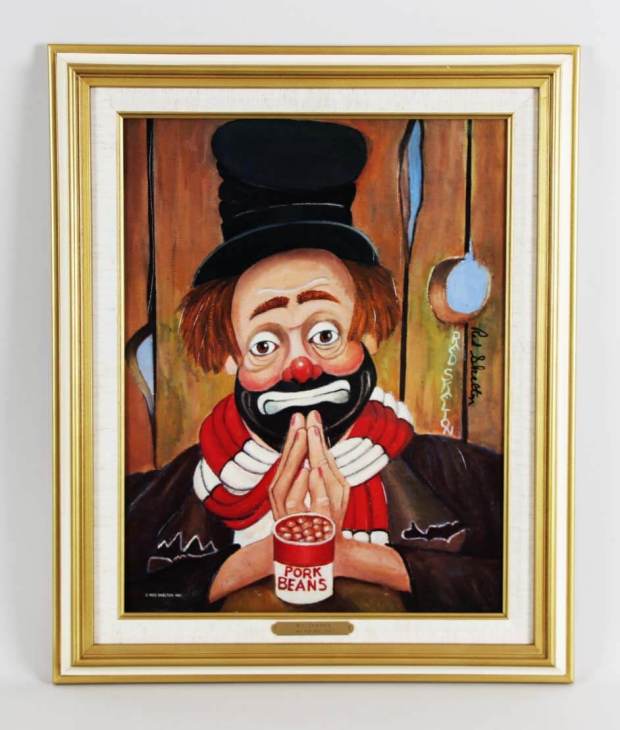My wise, wizened late family friend Irene Jakubowski, who would have celebrated her 102nd birthday on this Sunday, Aug. 25, said it best when she referred to the attractive menu taste of pork and beans, a canned pantry shelf staple so often unfairly categorized as pedestrian in the culinary world.
“Kiddo, take some leftover boiled potatoes, and you pan fry them up with some butter and chopped onion, then serve them with a can of pork and beans, and you’ve got a quick and easy delicious feast,” Irene would so often remind me.
Irene, who moved from her lake house outside Valparaiso to later retire to Lake Shafer in Monticello near her daughter and granddaughters, left us too soon at age 86 in March 2008.
I share her same love of pork and beans, and, even better, baked beans.
And even better yet?
The unmatched flavor of true Boston baked beans, the latter which starts by using smaller white navy beans, skins intact, salted pork pieces or hunks of bacon, and all of it blended with generous amounts of dark, sweet molasses before the pot is baked forever before being served up to awaiting appetites.
This is a recipe tradition from the East Coast dating back to the 1600s. Native Americans knew the glorious taste of baking beans and so did the pilgrims and early colonists of New England, who let their brick ovens do all of the baking Friday through Saturday so the beans could easily be scooped out on plates without impeding Sabbath worship and kitchen restrictions.
Boston gained the name “Beantown” from the popular recipe, and from 1883 to 1906, the National League baseball team in Boston was named “the Boston Beaneaters.” Today, there is still an annual tournament between the ice hockey teams of four Boston-area universities dubbed as “The Beanpot Tournament.”
Boston baked beans have been on my mind since reader Marilyn Stuckert, of Crown Point, recently brought me samples of her own delicious canned homemade Boston baked beans.
“My recipe is based on the Ball Canning Cookbook recipe with the exception I skip the bacon and pork ingredient portion,” clarified Stuckert, whose applesauce recipe was featured in a previously published November 2021 column.
Stuckert beams, and with good reason, about her equally delicious jars of her annual canned zesty dill pickles and crisp sweet bread-and-butter pickles.
In an even earlier published column I wrote in December 2019, I shared a recipe for ham hocks and lima beans from our carrot-top claim-to-fame Hoosier comic Red Skelton, who was born and raised downstate in Vincennes and died at age 84 in 1997.
Later in life, Skelton loved to incorporate his funny clown stage characters from his career such as loveable tramp Freddy the Freeloader, as subjects for his paintings. One of Skelton’s favorite paintings, titled “My Thanks,” has a grateful Freddy praying over a can of pork and beans, the latter of which also ranked as one of Red’s favorite simple meals while traveling on the road.
Columnist Philip Potempa has published four cookbooks and is the director of marketing at Theatre at the Center. He can be reached at pmpotempa@comhs.org or mail your questions: From the Farm, PO Box 68, San Pierre, Ind. 46374.
Boston Baked Beans
Makes 6 pint-size jars
1 quart dried navy beans (about 2 pounds)
3 large onions, sliced
2/3 cup brown sugar
2 teaspoons salt
2 teaspoons dry mustard
2/3 cup molasses
Directions:
1. Put beans in a large saucepot; add water to cover by 2 inches.
2. Bring beans to a boil and boil for 2 minutes.
3. Remove from heat and let beans soak 1 hour, then drain.
4. Cover beans with water by 2 inches in a large saucepot, bring beans to a boil and reduce heat.
5. Cover the beans, letting them simmer until skins begin to crack, and then drain while reserving liquid.
6. Pour beans into a baking dish or bean pot; add pork and onions.
7. Combine remaining ingredients and 4 cups reserved bean liquid (add water to make 4 cups if necessary) and ladle sauce over beans.
8. Cover beans and bake at 350 degrees for about 3 ½ hours.
9. Add water, if necessary, as beans should be “soupy.”
10. Pack hot beans and sauce into hot jars, leaving 1-inch headspace while removing air bubbles and affixing two-piece caps.
11. Process pints 1 hour and 20 minutes, quarts 1 hour and 35 minutes, at 10 pounds pressure in a steam-pressure canner.




